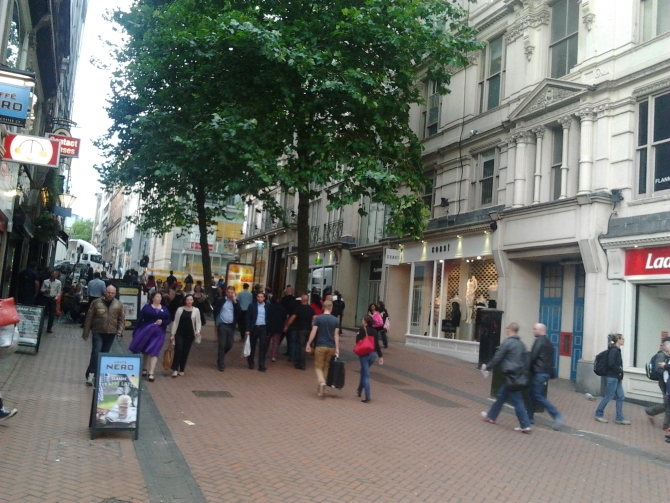The high street was one of the big casualties of the financial crisis with town centres nationwide recording steep increases in vacancy rates. Fortunately, this trend appears to be reversing thanks to the ongoing economic recovery, with July’s shop vacancy rate recording its best performance since records began according to the British Retail Consortium (BRC).

During July, the national town centre vacancy rate fell to 10.1 per cent, comparing positively to the 10.6 per cent rate recorded in April. This is somewhat surprising, however, given that high streets saw consumer footfall drop 1.7 per cent year on year during the same period.
Director General of the BRC, Helen Dickinson, believes that a radical overhaul of the business rates system is required in order to support retailers seeking to get back on the high street.
She says; “These results are a mixed bag, with footfall easing downwards in July but with the shop vacancy rate recording its best performance since our records began in July 2011.
“However, it is still the case that every tenth shop remains unoccupied.
“This reinforces the need for a fundamental overhaul of commercial property taxes, which would increase retailers’ confidence about investing in new or existing retail premises and thus help rejuvenate our high streets.”
The BRC/Springboard Footfall and Vacancies Monitor is one of the key assessors of high street performance and, given a positive result for vacancy rates, indicates that retailers are now a lot more confident about investing in town centre properties. This is especially true in London, where high demand for retail property has seen the vacancy rate fall to around 7 per cent.
Unfortunately, London also recorded the largest drop in footfall, with the 1.8 per cent year on year plunge causing some concern amongst retailers. At the other end of the scale Scotland recorded a 4.4 per cent rise in footfall compared to July 2013, a factor industry experts are largely putting down to the country’s hosting of the Commonwealth Games.
Springboard’s director of retail insights, Diane Wehrle, points out that the high street continues to be the area of the retail industry which is struggling most – shopping centres noted just a 0.5 per cent decline in footfall, while out of town retail parks managed to record a 1.7 per cent increase year on year.
She adds; “Whilst footfall continues to decline, the improvement in vacancy rates – which has occurred for the third quarter in a row – indicates a growing flexibility and responsiveness of landlords in the face of tough trading conditions, which has increasingly included the introduction of “pop up” shops and temporary lets.
“However, the key issue for town centres in the longer term is the extent to which any temporary let is converted into long term occupation beyond the summer and into the key Christmas trading period.”